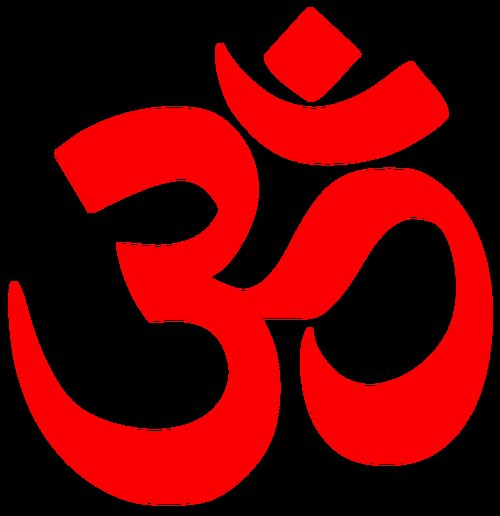
Understanding the Om Significance in Hinduism
The Om symbol, often pronounced as “Aum,” holds immense significance in Hinduism, transcending its mere visual representation. It is considered the most sacred sound and is integral to various religious practices, rituals, and philosophical beliefs. In this detailed exploration, we delve into the multifaceted significance of Om in Hinduism, exploring its origins, meanings, and its role in different aspects of the faith.
Origins and Symbolism
The Om symbol is believed to be one of the oldest symbols in Hinduism, with its roots dating back to the Vedic period. It is often depicted as a triangle with a circle at the top, symbolizing the unity of the universe. The three sides of the triangle represent the past, present, and future, while the circle at the top signifies the eternal nature of the universe.
When pronounced as “Aum,” the Om sound is considered to be the primordial sound from which all other sounds arise. It is believed to be the sound of the universe, and its vibration is said to have the power to purify the mind, body, and soul. The sound of Om is often used in meditation, yoga, and other spiritual practices to invoke a sense of peace and tranquility.
Meanings and Interpretations
The Om symbol carries various meanings and interpretations in Hinduism. Here are some of the key aspects:
-
Divine Unity: Om is considered to be the sound of the divine, representing the unity of all existence. It signifies the oneness of the universe and the interconnectedness of all living beings.
-
Creation and Destruction: The Om symbol is often associated with the creation and destruction of the universe. The three sides of the triangle represent the three phases of the universe 鈥?creation, preservation, and destruction.

-
Universal Sound: Om is believed to be the universal sound that permeates all other sounds. It is considered to be the source of all sounds, including the sounds of nature, animals, and human speech.
-
Divine Energy: Om is associated with divine energy and is considered to be a source of power and protection. It is often used in rituals and ceremonies to invoke the divine presence and to seek blessings.
Role in Hindu Practices
The Om symbol plays a crucial role in various Hindu practices, including:
-
Meditation: Om is often used as a mantra in meditation, helping practitioners to focus their minds and achieve a state of inner peace and tranquility.
-
Yoga: Om is an integral part of yoga practice, often chanted at the beginning and end of sessions to invoke the divine presence and to honor the tradition.
-
Rituals and Ceremonies: Om is used in various rituals and ceremonies, such as weddings, funerals, and religious festivals, to invoke the divine presence and to seek blessings.
-
Mantras and Prayers: Om is often included in mantras and prayers, serving as a reminder of the divine presence and as a means of connecting with the divine.
Om in Different Schools of Hinduism
The significance of Om varies across different schools of Hinduism. Here is a brief overview:
| School of Hinduism | Significance of Om |
|---|---|
| Advaita Vedanta | Om represents the ultimate reality and the oneness of all existence. |
| Shaivism | Om is associated with Lord Shiva, the destroyer and transformer of the universe. |
| Vishnuism | Om is considered to be the sound of Lord Vishnu, the preserver of the universe. |
| Brahmanism | Om is the sound of Brahman, the ultimate reality and the source of all existence. |
Conclusion
The Om symbol holds immense significance




